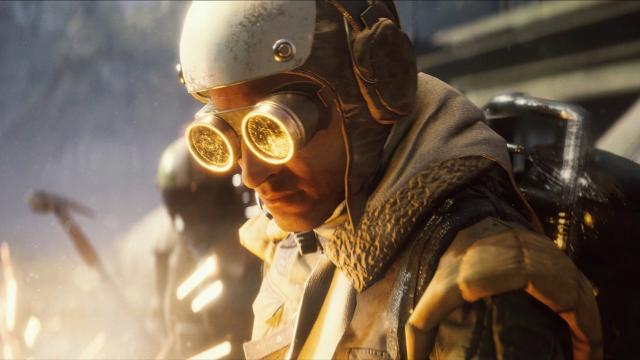Clair Obscur: Expedition 33 has been celebrated this year for its innovative turn-based combat, compelling storytelling, and a character roster that has resonated deeply with players, leading it to become the most nominated game in Game Awards history. The game's success marks a noteworthy resurgence of turn-based mechanics in an era dominated by action RPGs, reminiscent of titles like Lost Odyssey. Released in 2007 for Xbox 360, Lost Odyssey was arguably the last major turn-based game with realistic graphics, captivating a niche audience but never receiving the recognition it deserved. The creative director of Expedition 33 drew significant inspiration from Lost Odyssey, reflecting its mature themes and deep emotional narrative. This revival suggests that there is still strong demand for traditional RPG design in a modern context, paving the way for both new and nostalgic experiences in the genre.
What is the significance of Lost Odyssey in the context of Clair Obscur: Expedition 33?Lost Odyssey represents a pivotal moment in RPG history, showcasing how traditional turn-based mechanics can create rich narratives and complex characters. Its influence is deeply felt in Expedition 33, which aims to carry forward the legacy of deep storytelling and strategic combat that Lost Odyssey exemplified, emphasizing a growing interest in turn-based gameplay among modern gamers.
Lost Odyssey, developed by Mistwalker and led by RPG legend Hironobu Sakaguchi, is often hailed as a cult classic but only attained modest commercial success. It featured an emotionally charged story delivered through a unique mechanic involving character dreams that advanced its narrative depth. With its focus on mature themes and traditional RPG elements, it set the foundation for future titles like Expedition 33 that are now re-exploring those beloved gameplay mechanics amidst a sea of action-oriented alternatives.





Comments
It's wild how a game from 2007 is basically getting its victory lap through Expedition 33. Honestly feels like Lost Odyssey fans have been waiting 17 years for this moment.
It's awesome to see turn-based combat making such a stylish comeback—feels like the genre is finally getting the spotlight it deserves. Lost Odyssey would be proud to see its legacy living on in such a celebrated way.